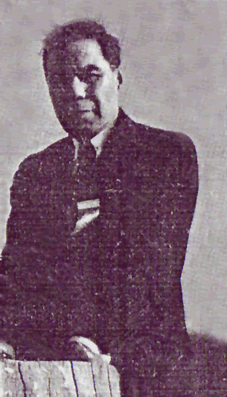
H. Keltner Photo
His life as an Ojibway Indian helped to bridge the gap between two differing cultures with his development and co-founding of a new parent/child programming format.
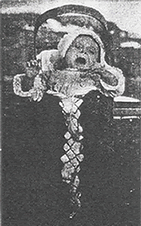
Friday Family Photo
Sometime after, John Friday died. So the family relocated to a camp on Bear Island, on Lake Temagami near Hudson Bay in Ontario, Canada. There Ahtik was Christened with the name “Joseph” and his family was taken in by Joe’s uncle, White Bear, who was also their tribe’s chief.
For most of his youth, Joe was raised by Chief White Bear who devoted much of his time teaching Joe how to hunt and trap wild game. It was at that time that Joe realized the importance of the father/son relationship. He believed that a father who did not have time for his son in the formative years, lost much of kinship with his son. The two should grow up together as two boys and two men.
Joe’s uncle knew that their wilderness would soon be invaded by white hunters and fishermen. He also knew that if an Indian could build a reputation of being a good hunter and trapper, he could make a comfortable living as a guide to these sportsmen. However, Joe’s uncle understood that accompanying such an occupation would come the great responsibility of having many whitemen’s lives dependent on the guide’s knowledge. Therefore, it was very important to teach Joe everything he knew about the wilderness.
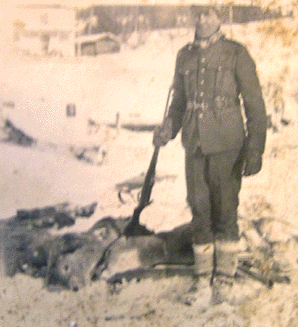
J. Friday Photo
After the war, Joe became a hunter and guide, canoeing through dangerous white waters and driving dog teams over the ice for explorers and prospectors to the Hudson Bay region. He often endured temperatures as cold as 40 below zero using his sled dogs to keep him warm in the wigwam.
Joe never forgot the lessons that his uncle taught him. In fact on his first time as a guide, it saved his life. Joe took a group of men deep into the woods. After several days, they came across a fast flowing river that his uncle had always told him about. His uncle always stressed that when crossing the river with a canoe, “The harder path is easier and the easier path is harder.” Although Joe was apprehensive to what his uncle had told him, he was obedient and took the harder path. At first, it was very difficult to paddle and the water was very turbulent. But as he broke free of the current, it became very calm. When Joe and his group crossed, he looked over to where the easy path should have been. On his side of the river, the easy path had become very turbulent and dangerous. Joe saw that a large log was caught in a whirlpool and was split in two from hitting some rocks. Joe knew that they would have never made it across had he chosen the easier path. He learned an important lesson: to always follow everything his uncle had taught him.
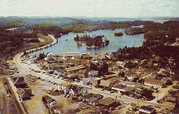
co-founder of the new parent/child programming format.
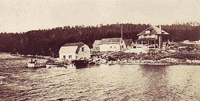
H. Keltner Photo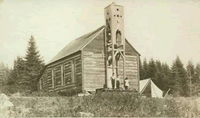
Church Photo
After being introduced, Joe had noticed that Keltner’s finger was bleeding. Keltner explained that he tore his fingernail on the edge of the gunwale while frantically paddling to safety from the storm. Joe invited Keltner up to his cabin so Eva could tend to it.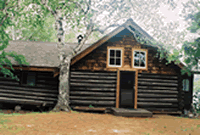
G. Measor Photo
stranger would soon lead to a long-lasting friendship and the discovery of a new programming format that would benefit hundreds of thousands of families.
Keltner was a YMCA director in St. Louis, who for many years was trying to find the right formula for a successful father/son program. None of his previous attempts seemed to be long-lasting. In 1924,after being denied funding, Keltner used outside donations and philanthropy to hire Joe as an instructor for a new campground in the Ozark mountains, Camp Niangua. 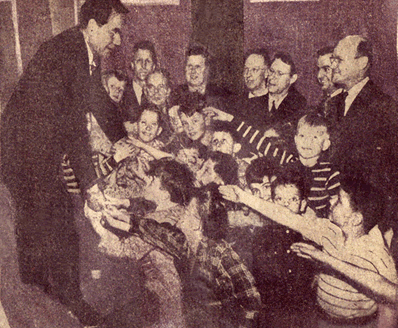
Star Times Photo
Implementation of this format was not immediate. Keltner kept procrastinating by telling his wife Mary, that someday he would make this dream a reality. Against his wishes, but to end his procrastination, Mary contacted local business, civic, and religious leaders and asked them to gather with their sons on at Webster Groves Presbyterian Church. Upset, but in order to save face, Keltner went to the meeting and presented his idea for a new program format which everyone loved. And so it was. Keltner formed and lead the Osage tribe in Richmond Heights, Missouri until they elected William H. Hefelfinger as their first chief six months later.
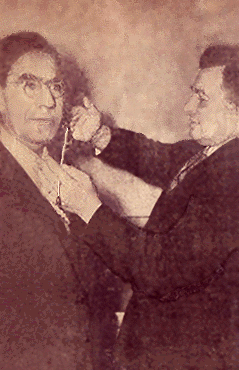
Post-Dispatch Photo
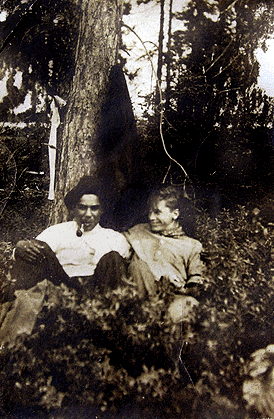
North Woods Photo
For three months of each year and for nearly 30 years, Joe Friday was involved with this program. In addition to serving as Honorary Chief, he lectured nationally during the months of January (Snow Moon), February (Hunger Moon), and March (Crow Moon). He also made special appearances at yearly national conventions for the program. During the summer months, Joe continued to guide American businessmen on fishing trips and instructed at North Woods Camp on the Crofut Islands of Lake Temagami for the Cleveland Young Men’s Christian Association. In the early winter months, Joe hunted and trapped alone.
In February 1954, Joe fell ill and by September, began experiencing hip and thigh pain. He was hospitalized in December at Haileyburg but was transferred to the Sunnybrook Military Hospital in Toronto on January 18, 1955 for unsuccessful treatment of bone cancer.
Joe Friday died on Thursday, February 10, 1955 at the age of 67… nine days before the 12th National Convention. He had outlived his four brothers and three sisters.
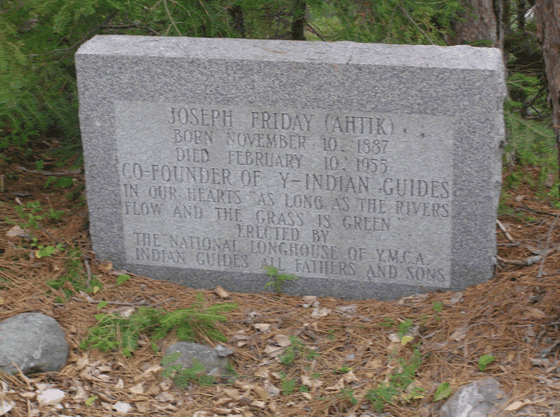
G. Measor Photo
A next of kin, Donald Potts, retrieved Joe’s body from Toronto for temporary internment in a vault at Haileyburg. Reverend John Jordan officiated a funeral service at the Legion Hall in Temagami on February 13, 1955. Joe was later buried on Bear Island next to his wife in May, when the ice broke from Lake Temagami. Volunteers from the program attended the final service where a tribute was presented:
He possesses no wealth other than his faith in his Creator and the peace of understanding.
His friends seek no material gain save his friendship. They respect his woodland skill, his poise, his hopes for a stronger youth in America.
He will be remembered long after most of us perish with our material possessions.
He is a Man, a Christian, a Leader, a Thinker – a Real American! I have had the privilege for twenty years to be…
His friend,
H. S. Keltner